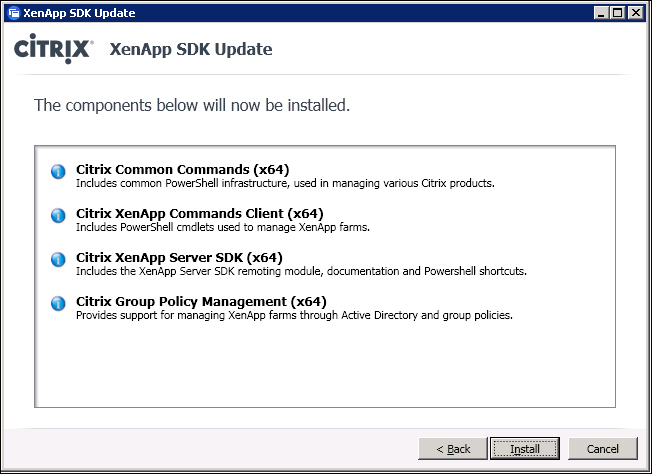



Step III - Specify a Network Access Client IP Address for RADIUS Modify the file permissions for this file such that it can be accessed only by the appropriate users or processes.For example, web.config for sites hosted on IIS. Move this file to the location specified in the relevant configuration file.Create a text (.txt) file called radius_secret.txt that contains the same Secret Key that you used in step 4 of the previous section (see Figure 1-1).To create the shared secret, follow the steps below: The location of this file is given by the RADIUS_SECRET_PATH configuration value in the web.config file (normally in inetpubThe location given is relative to the conf folder for sites hosted on IIS and relative to the /WEB_INF directory for sites hosted on Java application servers. The Citrix Web Interface stores your Shared Secret in a text file on the local file system. Step II - Create a Shared Secret for RADIUS Finally, eable two-factor authentication using the Citrix® XenApp™ Management Console. First, create a Shared Secret for the RADIUS protocol and then specify a Network Access Client IP address for RADIUS. You must now configure the Citrix® XenApp™ Server to communicate with the ESA Server. The warning may be safely ignored, since Citrix® XenApp™ will be authenticating users' AD passwords.ĮSA has now been configured to communicate with the Citrix® XenApp™ Server. Note that the check box next to Mobile Application is selected. Make sure that the check box next to Mobile Application OTPs is selected.It is also recommended that you limit VPN access to a security group in the Users section. To prevent locking any existing, non-2FA enabled AD users out of your VPN we recommend that you allow Non-2FA users during the transitioning phase.In the Authentication section apply the settings shown in Figure 1-1 below.The shared secret is the RADIUS shared secret for the external authenticator that you will configure on your appliance.If your appliance communicates via IPv6, use that IP address along with the related scope ID (interface ID). The IP address is the internal IP address of your appliance. Configure the IP Address and Shared Secret for the Client so that they correspond to the configuration of your VPN appliance.Give the RADIUS client a memorable name for easy reference.Click the hostname, then click Create New Radius Client.Navigate to Components > RADIUS and locate the hostname of the server running the ESA RADIUS service.To allow the Citrix® XenApp™ Server to communicate with your ESA Server, you must configure the Citrix® XenApp™ server as a RADIUS client on your ESA Server:

If you wish to utilize other Client type, refer to generic description of Client types and verify with the vendor if the VPN appliance supports it. This integration guide utilizes Client validates user name and password Client type for this particular VPN appliance.


 0 kommentar(er)
0 kommentar(er)
